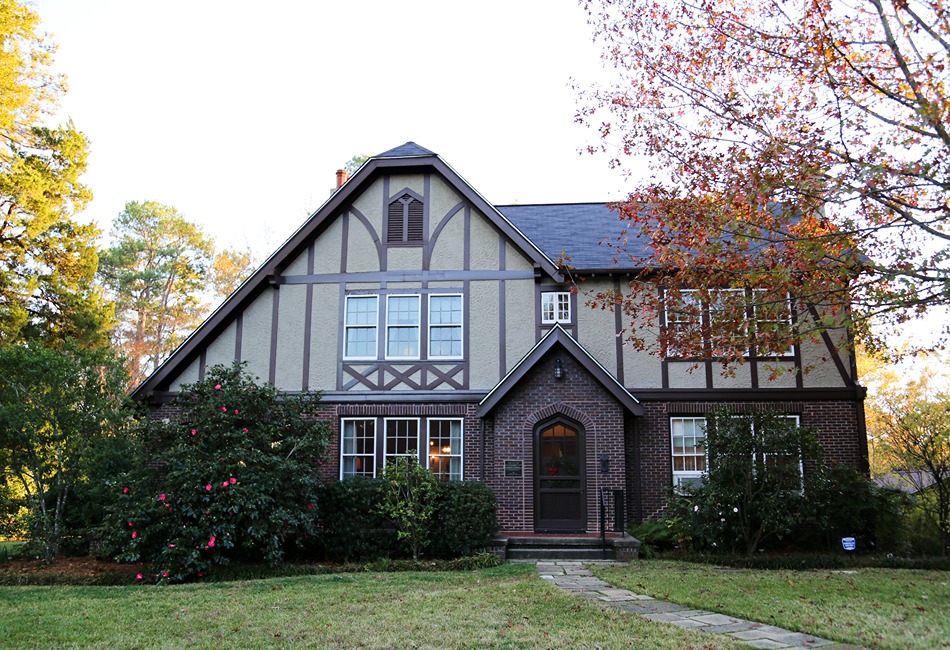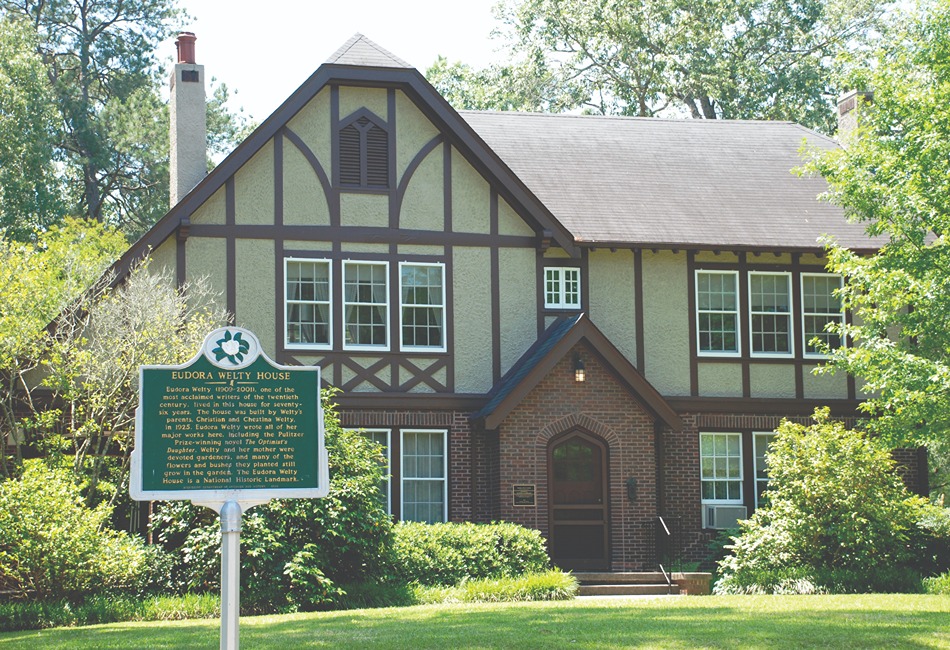Explore six Southern attractions that celebrate the lives and legacies of iconic women writers on a literary pilgrimage
The Southern United States is home to some of the most influential women writers in the country. Whether you consider yourself well-versed in the world of literature or simply curious about how these women shaped history, you will learn something new at every stop. Below are six attractions in the South that honor women writers.
For more great travel stories, Read the Full Leisure Group Travel Magazine and Subscribe to the Newsletter for FREE
Flannery O’Connor Home, Savannah, Georgia
Three-time winner of the O. Henry Award and winner of the 1972 National Book Award, Flannery O’Connor is one of the most well-known writers of the South. After moving three times as a child, she attended Georgia State College for Women, earning a degree in Social Science. Afterward, she attended the Iowa Writers’ Workshop, publishing her first short story, “The Geranium.” In 1951, she was diagnosed with disseminated lupus and moved back to her mother’s family farm in Georgia, where she completed two novels and over two dozen short stories. In Savannah, visitors can tour the house where O’Connor spent the first thirteen years of her life. The site has been restored to how it would have looked when O’Connor lived there and hosts several events throughout the year such as readings and story times.
Garden of Heavenly Rest, Fort Pierce, Florida
Known for her writing that illustrates African American life in the South, Zora Neale Hurston is one of the most influential female writers of the 20th century. Hurston earned her degree at Howard University, co-founding the school’s newspaper, The Hilltop, and then graduated from Bernard College with a degree in anthropology. While in New York, she met other writers like Langston Hughes and Countee Cullen, joining the Harlem Renaissance. Hurston spent much of her life studying Black culture, traveling to Haiti and Jamaica to study the African diaspora, and incorporating her findings into her writing, both fiction and nonfiction. Unfortunately, her work was not widely recognized during her life.
Hurston died on January 28, 1960, and was buried in an unmarked grave until Alice Walker, author of The Color Purple, located her resting place ten years later and ordered a headstone, reminding the public of Hurston’s norm-breaking writing. Today, groups can visit her grave in Fort Pierce.
Old Courthouse Museum, Monroeville, Alabama
Harper Lee grew up in the small town of Monroeville, Alabama. Throughout her childhood, she often watched from the balcony as her father practiced law in the courthouse, an experience that eventually helped inspire her novel, To Kill a Mockingbird. After completing school, she moved to New York to work for Eastern Air Lines and British Overseas Airways. While working, she wrote several essays and short stories, one of which eventually be came To Kill a Mockingbird. The novel was instantly popular and sold 500,000 copies across ten languages within the first year, earning many awards including the Pulitzer Prize. Two years later, it was turned into a movie.
In Monroeville, visitors can explore the Old Courthouse Museum, stand in the balcony where Lee herself stood as a child, and wander the surrounding town Maycomb was based on. The Harper Lee exhibit in the museum is told in Lee’s own words from interviews and comments on the book and movie, and photos of her and her family give visitors a unique glimpse into her life.
For more great travel stories, Read the Full Leisure Group Travel Magazine and Subscribe to the Newsletter for FREE

Eudora Welty Home, Jackson, Mississippi
Born in Jackson, Mississippi, Eudora Welty graduated high school at sixteen and earned her degree from the University of Wisconsin. She then moved to New York to study at Columbia University, thriving in the artistically vibrant city. Forced to move back home after the sudden death of her father, Welty focused on gardening with her mother, writing, and reviewing books. As her mother’s health declined, Welty spent her days caring for her and had little time for writing. Following the death of her mother and brother, she published two novels including the Optimist’s Daughter, for which she was awarded the Pulitzer Prize. In Jackson, visitors can tour Welty’s home, explore the museum, and wander the beautiful gardens the author and her mother tended to for decades.
Kate Chopin House, Cloutierville, Louisiana
Born to an Irish immigrant and a French Creole descendent, Kate Chopin was raised by her maternal great-grandmother after her father’s death. Chopin lived in St. Louis until she married Oscar Chopin, moving to New Orleans. After her husband’s cotton manufacturing business failed, the couple moved to a family-owned plantation in Cloutierville, Louisiana. Though she did not start writing until later, her time in Cloutierville heavily influenced the content and themes of her work.
Chopin returned to St. Louis after the death of her husband, publishing hundreds of short stories. Her most well-known novel, The Awakening, was met with intense criticism when first published but grew in popularity for its portrayal of the conflict between family devotion and self-expression. In 1993, the Kate Chopin House was designated a National Historic Landmark. In 2008, the house burned down. The Landmark designation was withdrawn, but visitors can still explore the site and imagine the day-to-day life of this famous southern author.
Dr. Maya Angelou Memorial Park, Stamps, Arkansas
With over thirty bestselling titles, Maya Angelou is a celebrated writer, actress, filmmaker, and civil rights activist best known for her autobiographical writing style. Angelou spent her youth in St. Louis, Stamps, and Oakland. When she was seven, she was raped by her mother’s boyfriend. Believing that her confession led to the man’s imprisonment and eventual death, she became mute for the next six years. The experience later inspired her memoir, I Know Why the Caged Bird Sings.
After becoming the first African American streetcar conductor in San Francisco, she graduated from Mission High School, gave birth to her son, and worked several jobs to support them, including performing professionally across the world. She also joined the Harlem Writer’s Guild and became involved in the Civil Rights Movement. The Dr. Maya Angelou Memorial Park is in Stamps on the shore of Lake June. Visitors can explore the park and nearby sights described in the novel, I Know Why the Caged Bird Sings.
For more great travel stories, Read the Full Leisure Group Travel Magazine and Subscribe to the Newsletter for FREE






